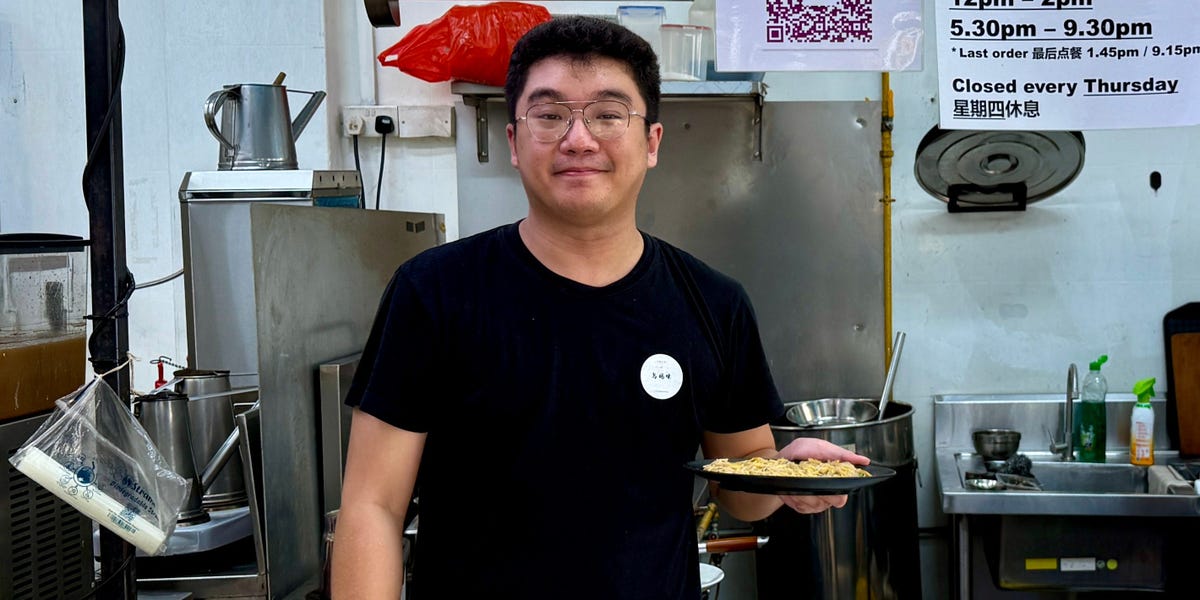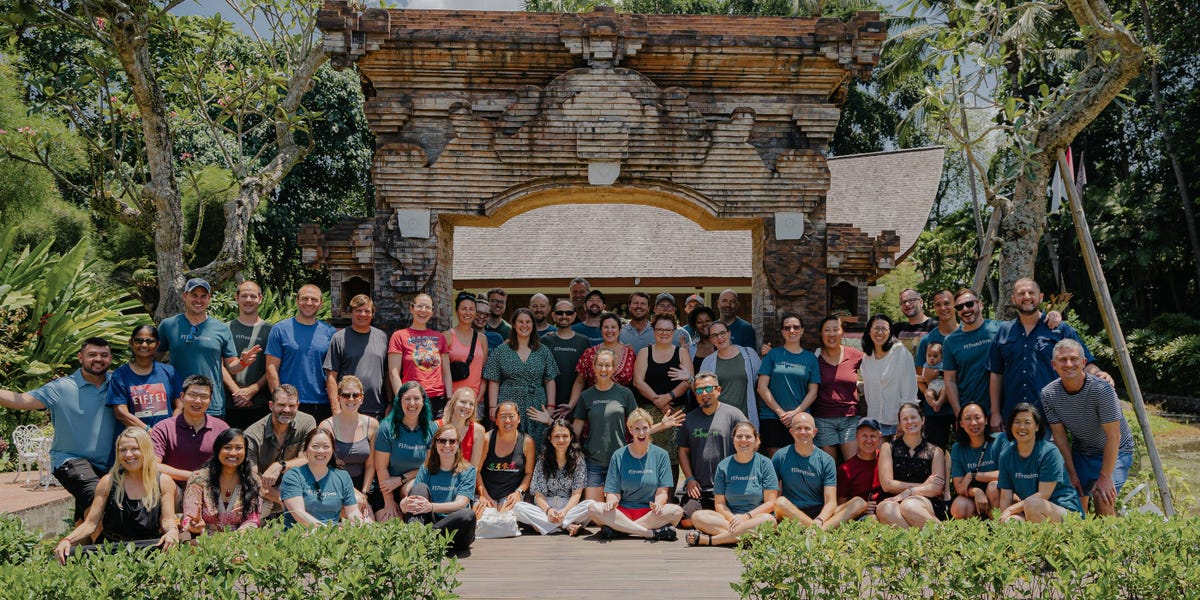This as-told-to essay is based on a conversation with Alvin Tan, a 29-year-old software engineer turned prawn noodle hawker from Singapore. It has been edited for length and clarity.
When I was seven years old, my dad used to drive a cab. He worked until midnight, pulling long hours. But sometimes, when he came home, he would take my mom and me out for supper, and it was always to get a bowl of Hokkien Mee, a prawn noodle dish popular in Singapore.
As I watched the old hawker couple fry up the noodles, I was always intrigued by how it was made, the smoke and drama of it.
Aditi Bharade
Becoming a hawker was not my first choice. I’ve held several software engineering positions, including a development role at an AI company. I also launched a startup with smart vending machines, which failed due to a lack of funding.
But during the pandemic, when I grew tired of remote work, I started experimenting with making Hokkien Mee. I started a small home-based side hustle selling the dish, but it was a small endeavor. On weekends, I’d sell maybe 20 plates daily.
It was after I ended my two-year contract as a software developer for a global tech company that I thought I could find another job, or maybe I could do something that I was actually interested in.
Going all in on hawker life
Aditi Bharade
Earlier this year, I got selected for Gastrobeats, a local mentorship program that aims to build up local food businesses. At the end of it, I set up my stall in the Gastrobeats weeklong event tent beside Singapore’s upscale Marina Bay Sands hotel.
It was my first time cooking outside my house for a full week. Plucking the prawns and simmering 50 kilograms of prawn broth for seven hours under a hot, humid tent was hell.
But the experience gave me the confidence to start my first physical stall.
I opened Umami Bomb in July, setting it up in a small hawker center in Singapore’s Geylang district.
Aditi Bharade
My parents were supportive, but they had doubts about how long I could last. They said, “You have worked in air-conditioned spaces all your life. Can you actually handle the heat?”
They predicted that I would quit in three months.
Working 17-hour days behind the wok
Aditi Bharade
More than three months in now, I have a routine. I take the first bus to come to the stall and make the prawn broth at around six a.m. Then I start preparing for the lunch crowd, which starts at around noon and ends around 2 p.m.
After that, I go back home for a bit to rest, then come back around 5 p.m. for the dinner crowd. After dinner, I clean up the stall, and mostly end the day around 11 p.m.
The heat is something else. I want to be frying more plates, but it’s so tiring. I have burn marks all over my hands from hot oil.
I’ve had to downgrade my lifestyle because my earnings are lower than when I was working a software job. I cut back on spending on food and mainly cook at home for myself.
I have way less time for my friends and family, and my social life has been affected because I work every day. If I decide to go on a holiday, I have to sacrifice my revenue.
It’s lonely, and it’s quite depressing.
The silver lining
Aditi Bharade
Business is slowly picking up. When I first started, I’d maybe sell 20 plates a day, which was quite discouraging. Imagine spending the whole day preparing, only to sell 20 plates.
Now I’m selling about 50 to 60 plates daily. I haven’t hit 100 plates yet. I’m waiting for that milestone.
It’s also satisfying to see your business grow. The best part is having customers tell you your food is great. It makes me feel pride in my cooking to have people reassure me that I’m good at what I do.
And in the worst-case scenario, I have a backup plan.
I’ve given myself one year to feel successful. If things don’t go well, I’ll return to the corporate world.









